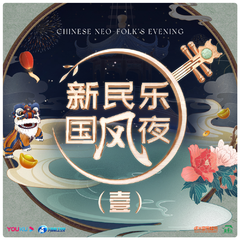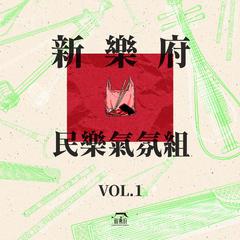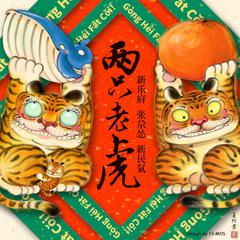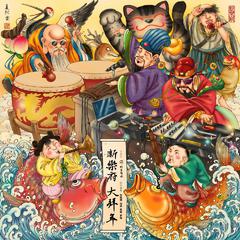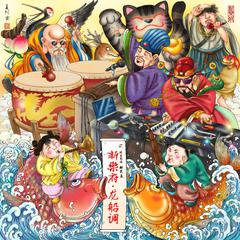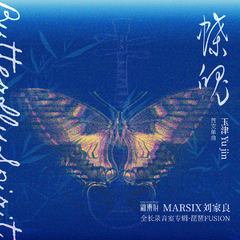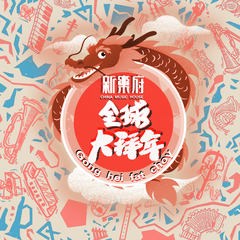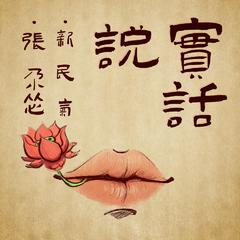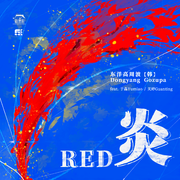
新乐府|炎
发行时间:2020-10-29
发行公司:新乐府
这是一次东方音乐与现代技术的调解。来自韩国的扬琴(Yanggeum)和中国的扬琴同根同源,却在演奏不同的旋律。来自韩国的尹银花、中国的于淼、关婷 — 韩国扬琴、中国古筝、笛子,分别代表着不同的音乐文化与背景,背负着各自的民族遗产,在西方中心主义的垄断中寻求东方语境自己的表达与理解。东洋高周波在带来各
这是一次东方音乐与现代技术的调解。来自韩国的扬琴(Yanggeum)和中国的扬琴同根同源,却在演奏不同的旋律。来自韩国的尹银花、中国的于淼、关婷 — 韩国扬琴、中国古筝、笛子,分别代表着不同的音乐文化与背景,背负着各自的民族遗产,在西方中心主义的垄断中寻求东方语境自己的表达与理解。东洋高周波在带来各种韩国传统音乐元素的同时,也为我们献上了他们想象中的中国。韩国的扬琴加上古筝、笛子、箫等中国传统乐器,通过现代技术搭起框架,创造出东方音乐语言的新形态。在这张专辑中,从韩国的京畿道的巫乐,到雨夜的北京和汹涌的黄河,从盛唐扬州,到韩国宫廷,在不断的解构与重组中,探索东方音乐的自我身份与认同。
This is a mediation between eastern music and modern technology. The Yanggeum from Korea and the Yangqin from China have the same origin, but playing different melodies. Yun Eun Hwa from Korea, Yu Miao and Guan Ting from China – Korean dulcimer (Yanggeum), Chinese zither (Guzheng) and flute (Dizi) – respectively represent different musical cultures and backgrounds, carrying their own national heritage and seeking their own expression and interpretation of eastern contexts amidst the monopoly of western centrism. Dongyang Gozupa not only brings various elements of traditional Korean music but also presents their imaginary China to us. Such a combination of so many eastern instruments from different countries creates a new form of eastern musical language through modern technology. This album explores the identity of eastern music through constant deconstruction and reconstruction, and shows us the pictures from a Shamanism rite in Gyeonggi to a raining Beijing and the turbulent Yellow River, from Yangzhou in Tang Dynasty to the ancient Korean court.

